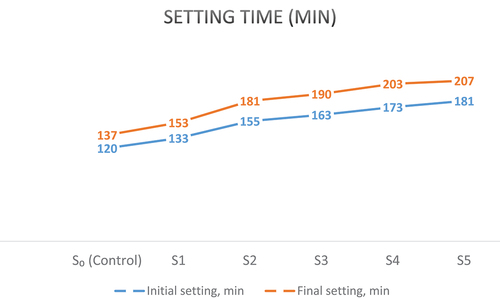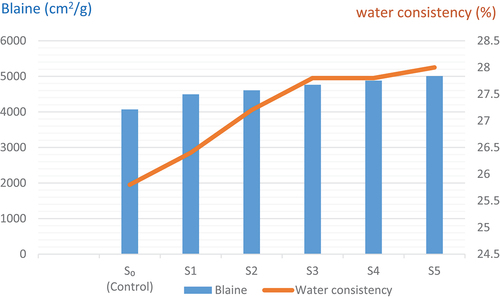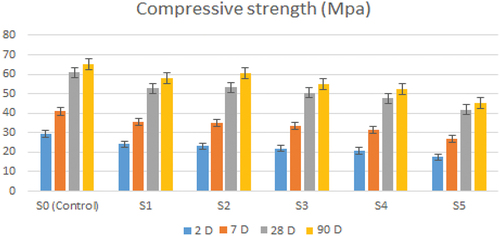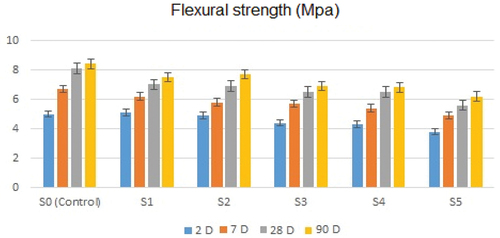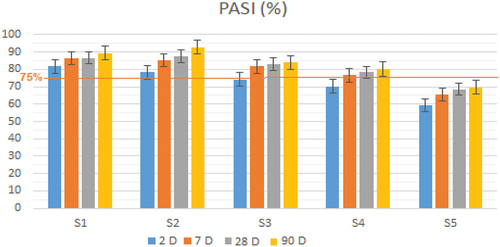Figures & data
Figure 1. Detailed geologic map of the study area showing location of studied Oligo-Miocene basaltic samples and the location of nearby already existing cement plants (modified after [Citation24]).
![Figure 1. Detailed geologic map of the study area showing location of studied Oligo-Miocene basaltic samples and the location of nearby already existing cement plants (modified after [Citation24]).](/cms/asset/99294aab-dc72-48ba-bedd-c61c53a33570/thbr_a_2298765_f0001_oc.jpg)
Figure 2. Field photographs of the studied Oligo-Miocene Al-Hemmah basaltic rocks, north Sinai, Egypt. (a) Huge masses of basaltic sheets exhibit columnar joints (b) basaltic flows are pale gray and friable at the surface.
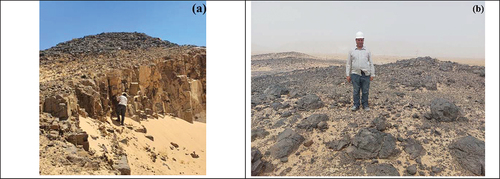
Table 1. Composition and proportion of the studied mixes (wt. %).
Table 2. The chemical composition of the clinker and the raw materials.
Table 3. The chemical properties of pozzolana materials according to (35).
Figure 4. Photomicrographs of the studied basaltic rocks. (A-B) shows fine to medium prismatic plagioclase crystals (anorthite) and pyroxene phenocryst (augite) in addition to the opaque minerals (PPL -XPL). (C-F) shows the scattering of amorphous, non-crystalline glassy tuffaceous within the basaltic groundmass (PPL -XPL).
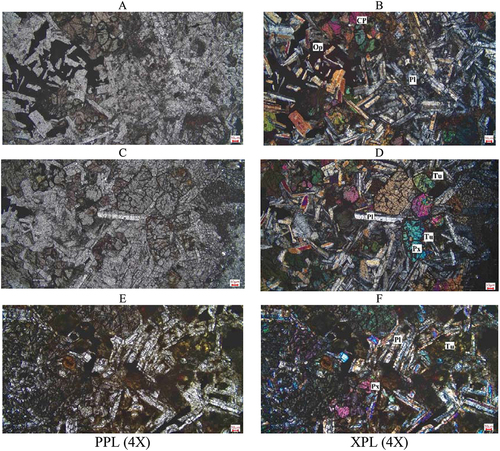
Table 4. Physical properties of the blended cement paste for the studied mixes.
Table 5. Mortar strength and PASI.
Table 6. Physical properties of the pozzolana materials according to [Citation35].


